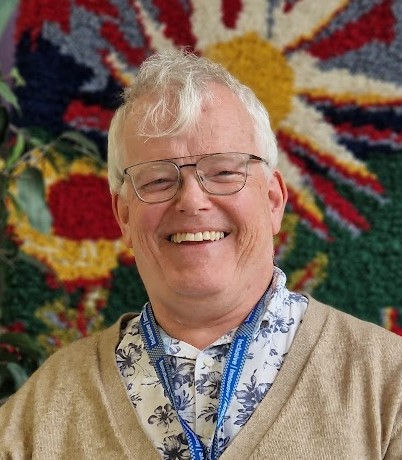21. All about the numbers
- Freya Tyrer

- Jun 26
- 2 min read
Freya Tyrer is leading on the “big numbers” part of the DAPPLE project. In this blog post, she tells us what the numbers are saying about how people with learning disabilities experience end-of-life care.

I’m an epidemiologist – which is a fancy way of saying that I use big numbers to understand health conditions.
I have always worked with numbers. Maths was my best subject at school 😊. I originally did a Computer Science degree, starting out as a computer programmer in the healthcare sector (which is more useful than you might think in my current job!) I went on to do a Master's degree in Public Health and doctorate in Biostatistics.
For the DAPPLE project, I am working with my team to see how people with learning disabilities experience end-of-life care compared to people who do not have learning disabilities.
The numbers are big! We are looking at more than 2,000 people with learning disabilities and 300,000 people without learning disabilities who visit their doctor 😮!
We have found that people with learning disabilities experience end-of-life care very differently to most other people. For example, they may have unique health conditions, like epilepsy or difficulty swallowing. This means that they need to be supported and cared for differently.
But (and don’t quote me on this) it’s not all about the numbers! We need to talk to people with learning disabilities, their family members, doctors and other healthcare professionals so that we can get a better understanding of what is going on. Irene and the team are working very hard on this and I look forward to seeing what they find out.
Ultimately, we want to enhance end-of-life care for people with learning disabilities. We’ll continue to work together to make a difference!







Comments